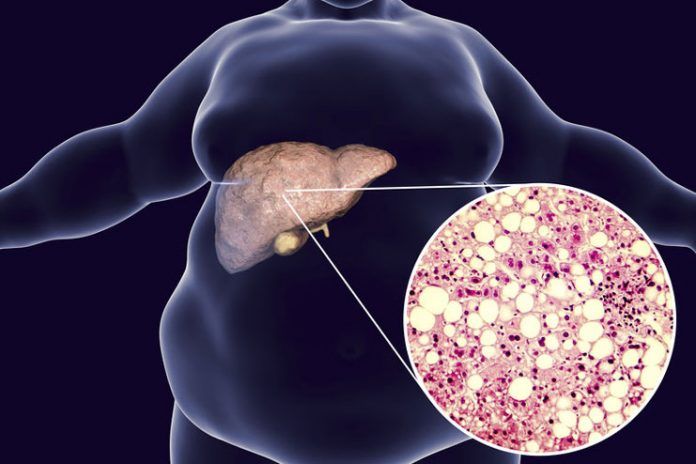Affiliate Disclaimer
Some links in this article are affiliate links. We may earn a small commission if you make a purchase through these links, at no extra cost to you. We only recommend products we find useful to our readers30% of the world population is affected with the fatty liver disease. The numbers are constantly rising and are leading to the causes behind some of the chronic diseases in individuals. The antioxidant proteins that were considered good for health, in large amounts, can affect your hepatic health.
A new study (R) conducted by the researchers from the University of California – San Diego found that prolonged exposure to the antioxidant proteins in excess amounts can end up causing fatty liver disease or enlarge the liver.
The group of researchers Feng He, PhD, and Laura Antonucci, PhD along with Michael Karin, PhD, Distinguished Professor of Pharmacology and Pathology at University of California San Diego School of Medicine, who is the senior author of the study found that the prolonged exposure to NRF2 and KEAP1 were responsible for the deteriorating condition of the liver.
NRF2 is a key regulator when it comes to the antioxidant response in the body. In the individuals who have their stress levels in control and balanced hormonal levels, the NRF2 levels are regulated and kept low by KEAP1.
But, when the body is exposed to oxidative stress in high levels, the same ends up inhibiting the function of KEAP1. The same ends up causing an increased level of NRF2 in the blood stream. The same ends up entering the nucleus where it is responsible for triggering the expression of a few genes that are responsible for coding for the enzymes that are further responsible for detoxification.
Shedding further light on this situation, Karin stated that the KEAP1-NRF2 helps in preventing the risks of oxidative stress induced cancer in the body. The same also helps prevent the risks of early signs of aging.
This was the basis behind the development of NRF2 activators for the cancer prevention and other chronic diseases that are caused with age. These are what you find in a number of the health centers being sold as the anti aging compounds.
But, there have a few recent studies which suggest that in cases of liver and lungs cancer, there are mutations happening that break the bond between NRF2 and KEAP1, decoupling them in the process. This is why supplementing with the NRF2 can end up feeding to the risks further.
There have a few researches which suggest that the mutated cancer cells can even use NRF2 as a shield to protect themselves from the cancer treatments like radiation and chemotherapy.
For this specific study, the researchers leverage a new mouse model which had liver cells with the KEAP1 resistant form of the NRF2. The researchers found that the constant activation of the NRF2 in such cases contributed to the enlargement of the liver and also heightened the risks of fatty liver disease.
The researchers also noted that the NRF2 induced hepatomegaly was a lot similar to the insulin induced hepatomegaly that is witnessed in humans. For further tally of the same with the human model, the researchers wanted to check the impacts of insulin and protein kinase AKT on the function of the NRF2 induced hepatomegally.
While the researchers weren’t able to pin point the exact reason behind the condition of excess insulin production, they could trace the actions of AKT or the Protein Kinase B. They found that the AKT was activated in the liver contributing to the further expression of the NRF2.
In addition to that, the researchers also found that inhibiting the function of AKT helped in reversing the condition of hepatomegaly and revived back to the normal size of the liver without any issues at all. When there is a constant and chronic activation of NRF2 in the liver, the same enhanced the production of growth factors, further activating the AKT.
Beicheng Sun, MD, a liver surgeon at Nanjing University Medical School in China, who is the corresponding co-author of the study suggested saying that the cause of human hepatomegaly also witnessed the condition of NRF2 activation, growth factor stimulation and heightened AKT activity in the body.
The chronic activation of NRF2 contributed to the excess accumulation of fats and glycogen which justifies the possibly incidence of fatty liver disease.
The researchers thus believe that instead of focusing on NRF2, it is important to study further on the AKT inhibitor and its anti cancer activities in the body. The same is believed to have amazing benefits in reducing the risks of hepatomegaly.

















